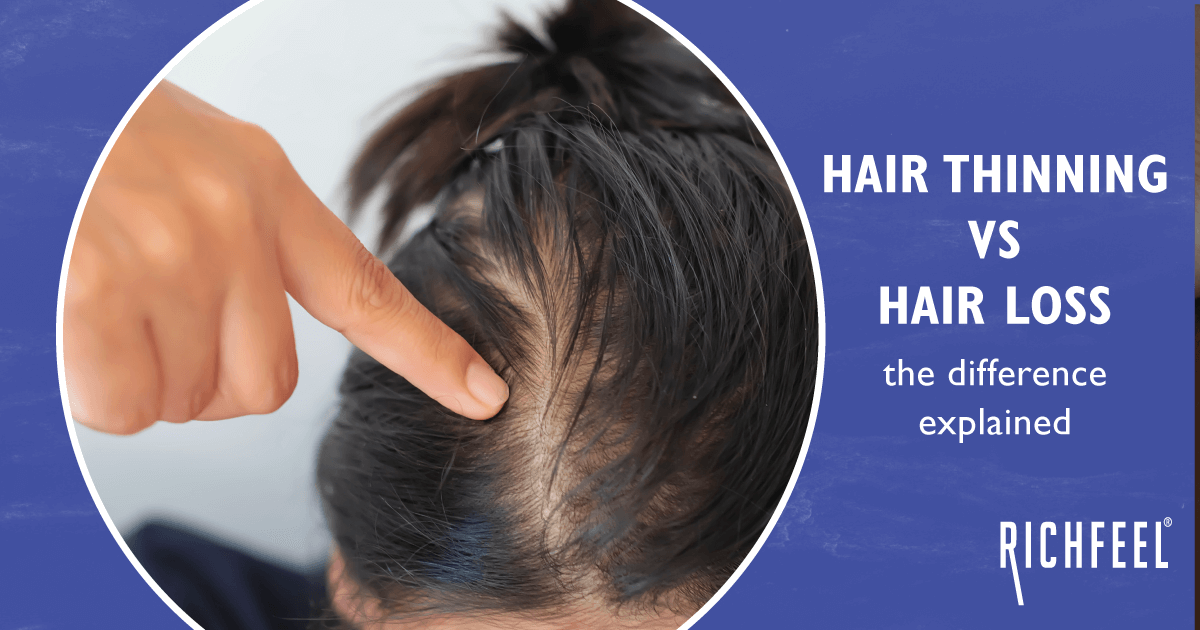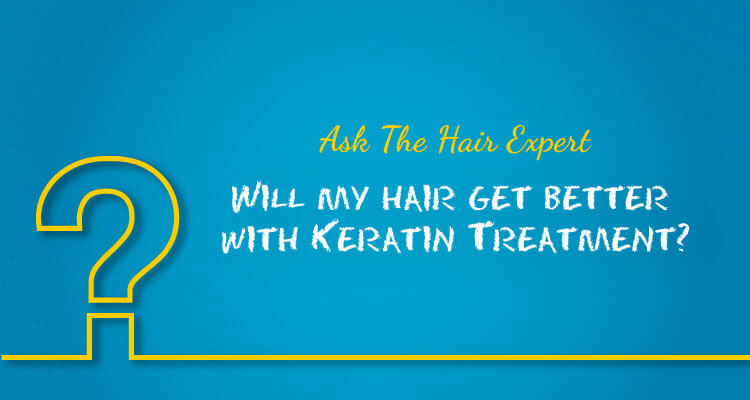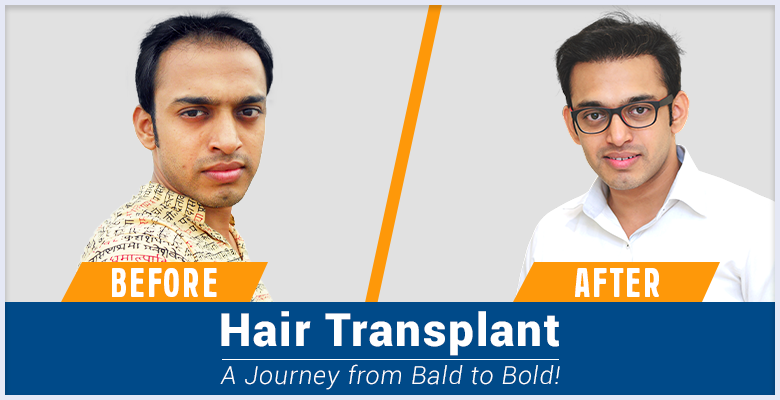Hair Loss. Whatever the type, whoever you are – it is not something you take lightly. It is something that stares back at you when you see yourself in the mirror every day. Receding hairline, scalp visible in places as you comb back – scenes that are mini-nightmares. how effective are plant stem cell-based treatments?
In the haste of addressing hair loss, you jump to change oils, shampoo, serum and every other hair product you come across, to control the problem. When the problem persists, you start looking up hair treatments. With the popular rise of ‘hair and skincare’ over the past decade, you spot clinics and experts at every street corner, speaking of hair treatments that can help you regain your lost hair. Which is the one for you? How do you decide?
As we always recommend, understand the problem at hand, be well-aware of the options and what they entail, before you take a call. Let your decision be an informed one.
Today, we will help you understand one of the most-heard hair treatments – PRP. And we will also discuss the advantage of Plant Stem Cell-based therapies over PRP, for hair growth stimulation – a safer, non-invasive, natural option.
What is PRP?
PRP or Platelet-rich Plasma is a treatment that is used by some doctors to accelerate healing of a particular part of the body and help control inflammation in some cases. It is commonly used to heal injured tendons, muscles, ligaments and joints. It is a regenerative therapy that uses the natural growth factors that our body possesses to heal damaged tissues. In essence, it uses one’s own natural healing system.
What is Plasma? What are Platelets?
Look up ‘Plasma’ and you will see it defined as ‘the colourless fluid part of blood, in which corpuscles or fat globules are suspended.’ It is basically the liquid portion of your blood. It is composed largely of water and proteins. It is a medium for red blood cells, white blood cells and platelets to circulate through your body.
Platelets or thrombocytes are what helps our blood clot. They are essential for growth and healing functions. Platelet is the key to our body’s natural healing process. They are our body’s first responders.
Platelet-rich Plasma, in therapy, is used extensively to heal musculoskeletal problems. Over the past decade, it has also emerged as an option to restore hair growth.
How is PRP prepared and administered?
Plasma is separated from your own blood that is drawn. This plasma with the activated platelets is extracted and injected directly into your injured or diseased body tissue. The natural growth factors in it stimulate and boost the number of reparative cells your body produces. It is believed thereby that it helps to heal the injured area and also in the regrowth of the tissue.
How is PRP used to treat hair loss?
PRP is generally being used when the hair loss is mild-moderate. It is often prescribed for those suffering from Androgenic Alopecia, MPT or FPT, a common concern where hair follicles shrink.
PRP hair treatment basically uses platelet-rich plasma to stimulate hair growth. It is also believed to be helpful in thickening your existing hair. However, it is to be noted that PRP promotes hair growth only where follicles are present. Where follicles are dormant, the treatment aims to stimulate hair growth from them. People with extreme hair loss or whose follicles are dead are generally not candidates for PRP hair treatment.
Below is the exact procedure that is performed during the treatment.
- Blood is drawn from a vein typically in your arm.
- The blood sample is placed in a centrifuge.
- The blood is then spun by the centrifuge, separating its components – platelet-poor plasma, platelet-rich plasma and red blood cells.
- The platelet-rich plasma is then extracted using a syringe. This is your PRP injection.
- A trained doctor then injects the platelets into targeted areas on your scalp.
PRP, as with most treatments, doesn’t deliver results immediately, so you shouldn’t expect to see a full head of hair overnight. Moreover, it is to be noted that in most cases, PRP is administered as an auxiliary treatment.
Common side effects of PRP treatment
There are some noted side effects, considering the treatment involves an invasive procedure as explained above. Here are some common side effects observed when undergoing PRP treatment:
- Temporary bleeding at the injection sites
- Pain at the site where injection administered
- Scalp tenderness
- Swelling, inflammation in portions of the scalp
- Headaches
- Itchiness of scalp
Before the procedure, the scalp is cleaned with antiseptic solutions and local anaesthesia is given. The injections are then administered deep into the skin, at the hair roots, via multiple pricks.
This process can take around 2 hours to complete. Pain killer/ numbing creams are typically applied over the scalp for half-hour post-procedure, to manage pain and discomfort. And this process needs to be repeated every 3 months or so, as prescribed by the doctor.
PRP remains to be a controversial subject in many forums. Given the nature of the process and the cost involved, other non-invasive, safer options can be prescribed in its place, specifically in the sphere of hair loss.
We will now move to discuss a breakthrough technology in Trichology, which offers a much more cost-effective, safer, non-invasive option to recover from hair loss. Plant Stem Cell technology.
What are Plant Stem Cells?
Wiki defines Plant Stem Cells as ‘innately undifferentiated cells located in the meristems of plants. Plant stem cells serve as the origin of plant vitality, as they maintain themselves while providing a steady supply of precursor cells to form differentiated tissues and organs in plants.’
To put it simply, plant stem cells are cells that are capable of self-renewal. The stem cells that are found in the plants are called Meristem cells. These cells have some remarkable properties that can be put to very effective use in the realm of hair care. Thanks to the advancements in the field of trichology, such technology is gaining ground real fast, proving its capabilities along the way, with numerous exuberant patients.
The aspect of plant stem cells that is relevant to our discussion today is the anti-ageing property that it possesses. This apart we will also highlight another property that is extremely relevant – how it can help induce the formation of new hair follicles!
How does Plant Stem Cell Hair Treatment work?
Plant Stem cells are a remarkable source for the continuous regeneration of the epidermis, the formation of new hair and even hair pigments. Treatments that use active plant stem cell technology work to delay ageing, reduce the hair follicle regression, induce the formation of hair follicles and increase the lifespan of hair follicles so that the hair can stay longer in the anagen phase of the hair. This not only reduces hair loss but restores hair regeneration.
The brilliant thing about hair treatments that use plant stem cell technology is that unlike PRP hair treatments, these are holistic in their approach, absolutely non-invasive and perhaps the safest way to regenerate hair growth.
Let’s look at some of the ingredients, whose stem cell extracts have proved to be a miracle solution for hair regrowth.
- Pea Plant Sprout Extract
Pea plant sprout extracts improve the cellular response of FGF7 gene (protein encoder gene) and noggin gene (an encoder of protein noggin or NOG), which stimulate the new hair growth process.
This extract stimulates dermal papilla, reduces the amount of hair in the telogen phase, and stimulates anagen hair. The A/T ratio is improved considerably by this. It prolongs of the hair life cycle, increasing growth. It also reduces hair fall and restores hair generation. - Root Basil Extract
Basil is considered to be the “King of Herbs” and plays an important role in both Italian and Asian cuisine. Basil contains high concentrations of essential oils and potent antioxidants with anti-ageing, anti-cancer, anti-viral and anti-microbial properties. Thanks to these valuable components, basil is also used for its medicinal properties in Ayurveda, the traditional medicinal system of India.
When used with advanced tricho technology, it inhibits 5α reductase and stimulates hair follicles. (5α reductase II is the key target enzyme in the inhibition of hair loss.) - Swiss Apple Stem Cell ExtractResearch by Mibelle – a scientific research group in Switzerland – revealed the anti-ageing properties of this rare apple, the Uttwiler Spatlauber. The Stem Cell extract of this apple helps the epidermal stem cells to maintain their characteristics and replenish dying cells. It helps to delay the ageing of hair and lowers the hair follicle regression.
- Argan Stem Cell Extract
Argan Tree is the oldest living tree on the planet. Argan trees are known to have the ability to resist severe, long-lasting droughts and extremely high temperatures.
Argan Stem Cell extract has the remarkable quality of enabling the formation of new hair follicles. This apart from their ability to combat ageing, revitalise dormant cells and accelerate the natural repair process in damaged hair follicles. It further vitalises and protects the dermal hair papilla.Thanks to extensive research in the application of these ingredients in tricho treatments, advanced technology and protocols have been developed by leading trichologists. These treatments, have shown proven results in combatting hair thinning and hair regeneration, both of which were unheard of and thought to be impossible, in the past.
With the right technology, these plant stem cell extracts, in very unique combinations, can be delivered perfectly into the scalp, in the safest, non-invasive manner. When done right, the stem cell extracts remove DHT, which is one of the prime causes of thinning of hair in both men and women.
RF Anagain 10X is the World’s first Transdermal Penetration Machine, developed by RichFeel in collaboration with leading scientists, which does exactly what is discussed above. The machine efficiently delivers the carefully formulated plant stem cell extracts, without puncturing the skin and thus making the procedure absolutely pain free.
How effective are Plant Stem Cell-based treatments?
- Scientifically fights the five signs of hair thinning – Scanty hair, decreased volume, lack of hair growth, decreased density and hair loss.
- Curative in nature – Hair thinning is otherwise considered irreversible but such plant stem cell-based treatment has the capability to improve hair thickness and quality. In turn, it improves volume & density.
- Stimulates hair growth at the root, and restores hair regeneration.
- Prolongs the life cycle of hair and fully restores the vitality of the hair.
- Non-invasive & painless procedure.
- Absolutely safe – The process is absolutely non-invasive and uses natural ingredients from the plant kingdom.
- Anti-ageing treatment for hair, first of its kind.
As very evident from the above discussions, the advanced Plant Stem Cell-based treatments can solve your hair concerns in a much more safer, non-surgical, non-invasive and comfortable manner, than traditional PRP methods and cover-up wigs!
How a Trichologist can help you choose right
There is no dearth of before-and-after photographs that you see online, for any of the hair treatments! But what works for one may not quite work for the other. It is hence best to consult a Trichologist to understand your hair & scalp condition and have prescribed the treatment that’s in your best interest.
Diagnosis & treatment that is guided by an expert Trichologist is the best course of action for any hair concern. And gone are the days of traditional hair care solutions. You have advanced, natural, safer, non-invasive options to take care of your hair, the way it feels and looks!
While we have discussed hair treatments at large, we would also suggest that a half-yearly Trichology Check is made a part of your calendar, just as your annual general check-up, to keep a tab on the hair and scalp condition, and stay clear of concerns.
Do read our pages with more information on the discussed topics and reach out to us for any further clarifications or simply for a chat with our experts! Remember for all things ‘Hair’, do follow our blogs on hair loss, hair care, laser hair reduction, treatments and solutions and such other interesting hair trivia!
Connect with us on social media on the links below. Do leave your questions & comments and we will address them all.



